So we had some rain today.
January is starting out with a bang-it didn’t get above 0 degrees for several days last week, and this morning was 50 degrees and raining. Rain of biblical proportions, with the rain gauge at the track saying .88″ of rain, most of it falling between 7:30-10:30, up to a half inch an hour at times. I’m not going to answer the Middbeat question of “What’s the deal with the weather”, except to say we’ve got some lower atlantic moisture sliding up the coast on the side of the polar vortex in the middle of the country. When low pressure systems like that get squeezed on the sides by intense high pressure, all sorts of funky things happen, like lots of quick rain, or high winds. We had both.
And with the deep freeze last week, storm drains were plugged, iced over, or covered in snowbanks. Rain can’t soak into frozen ground, taxing storm drains even when they are available and working. The landscape department went into overdrive, breaking up ice dams and opening storm drains. The most worrisome spot was solved quickly, that of Voter basement. You know, (or maybe you don’t), that place with all the computer servers. That would be a heck of an excuse for a banner web crash, wouldn’t it?
The northwest door of McCullough, the one that heads either straight towards Munroe and Mead Chapel, or head up the stairs towards Stewart, sits at the bottom of that whole slope below Mead. That entire side slope seems to drain right towards that door. There are several storm drains near there, including what turns out to be a critical one to the right of the door way. This is Jaime and Buzz, wearing hip waders, looking for the storm drain with ice picks and an iron bar. (As always, click on the picture to enlarge)
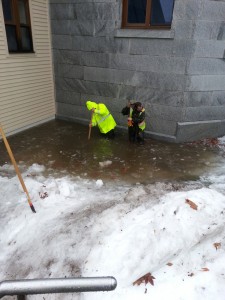
And this is the doorway in question, where water was flowing a foot deep through the doors and down the stairs. We actually got the backhoe in there and broke up the iced over snow banks around the entry, and got the water moving down. The plastic and snow was acting like a temporary dam blocking some of the water.
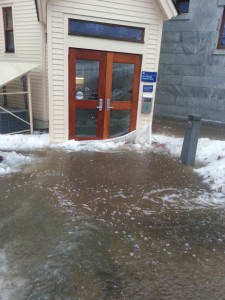
The Gamut room, in the Gifford pit, started flooding too. That’s Buzz and Jaime again, looking for the tiny little drain somewhere at their feet.

Yes, I’m the one taking all these pictures. Only barn boots, no hip waders, and I don’t know how to swim.
The drain for this pit is simply down the hill below Mead Chapel. Bet you’ve been sledding over the top of it. Broke the ice around this drain and the pit was cleared in about 15 minutes.
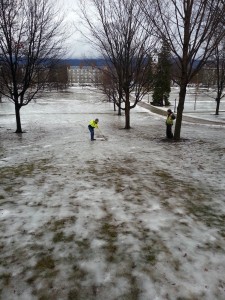
The last spot we’re still worrying about is on the north west alcove of Battell. This drain is frozen solid, barely flowing at all. We use bags of calcium chloride, and dump them on top of the drain. It acts like a non toxic drain cleaner, flowing down the drain and melting the ice. I’m hopeful this drain will be fixed by tomorrow. I’m not the most patient person you know.
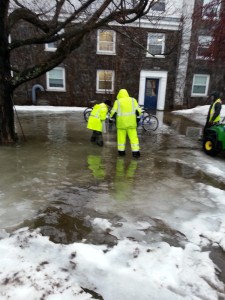
The true heroes for the day, though, I don’t have any pictures of. There is an entire custodial team known as ‘floor crew’. I don’t even know how many of them there are, but the ones I know on it are all pretty cool. They ran around all day with wet vacs, carpet extractors, blowers, mops, and various other implements of mass destruction. Wherever water was pouring into basements or doorways, they were there, fixing the mess, saving the floors and buildings (and maybe your room!) from the water mess.
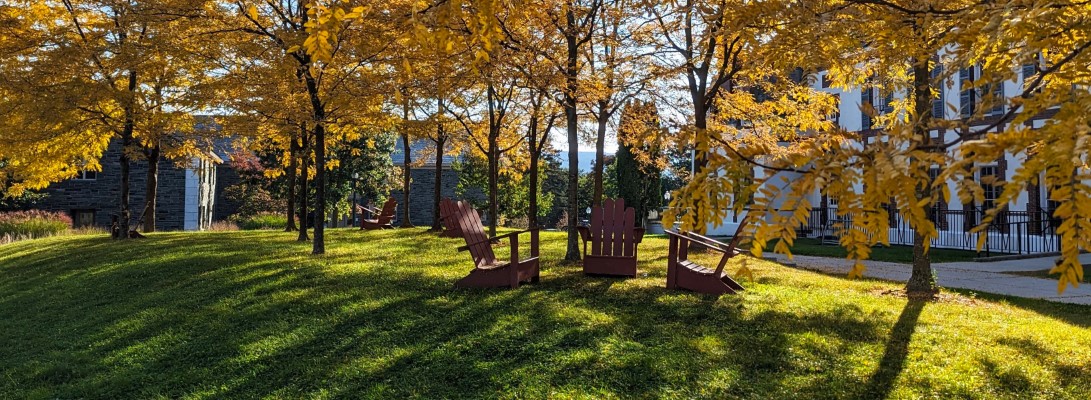

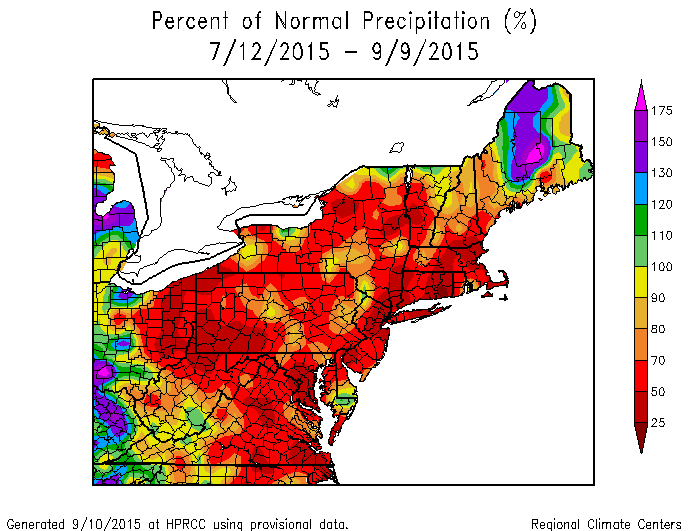
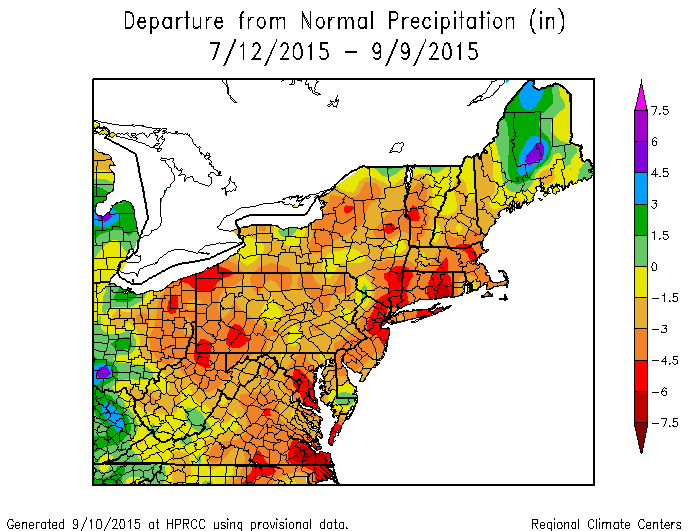

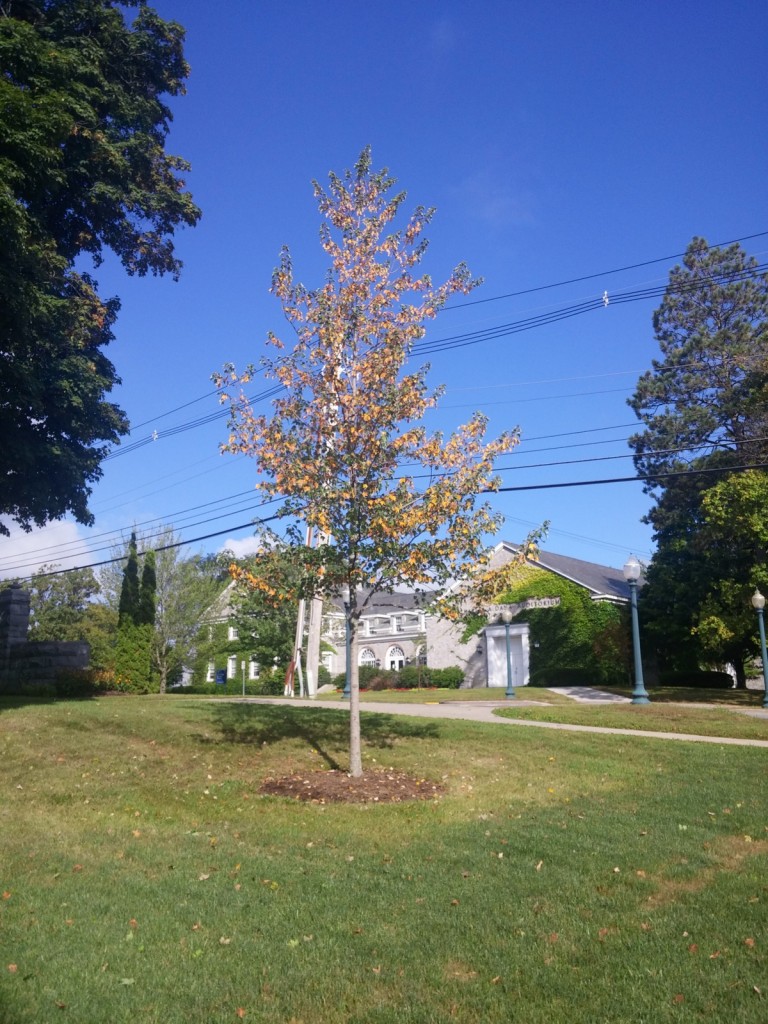
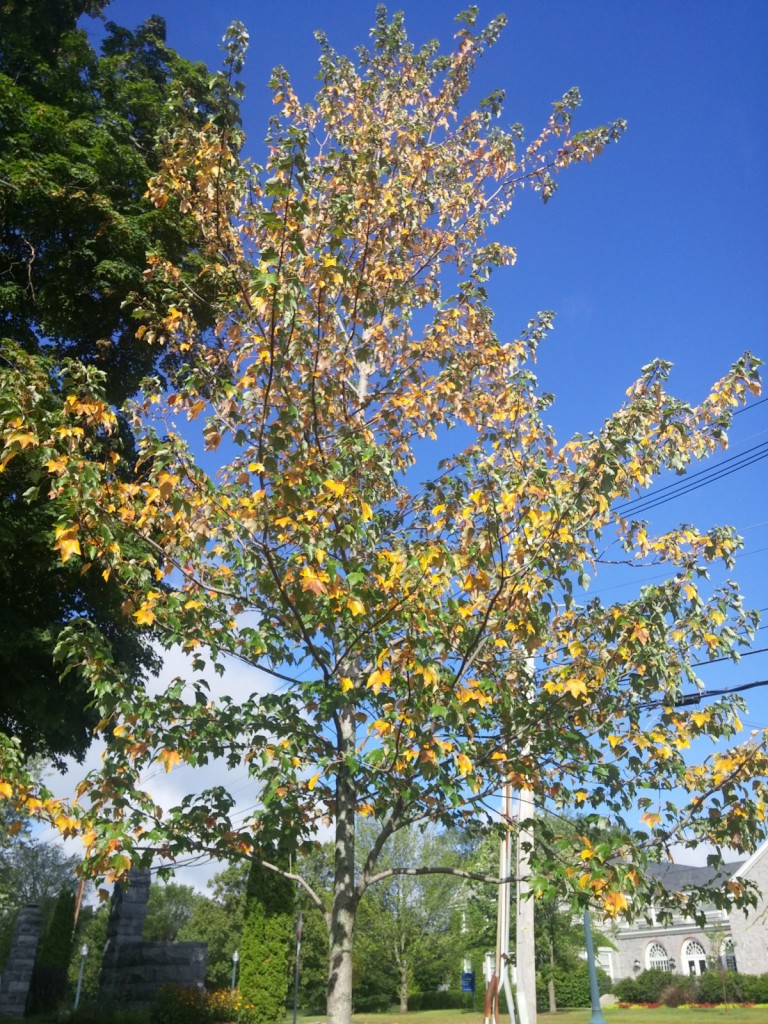
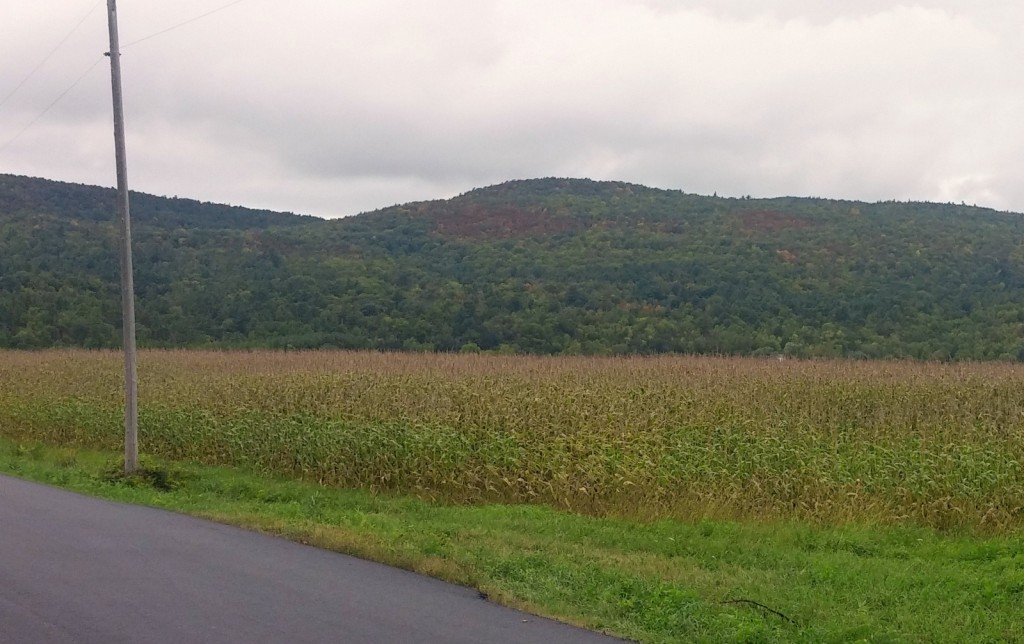






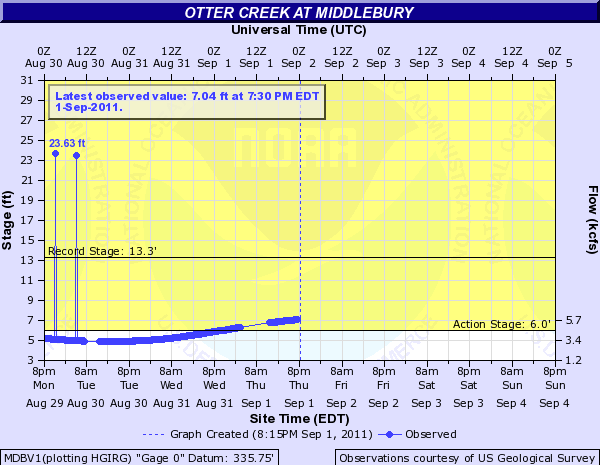
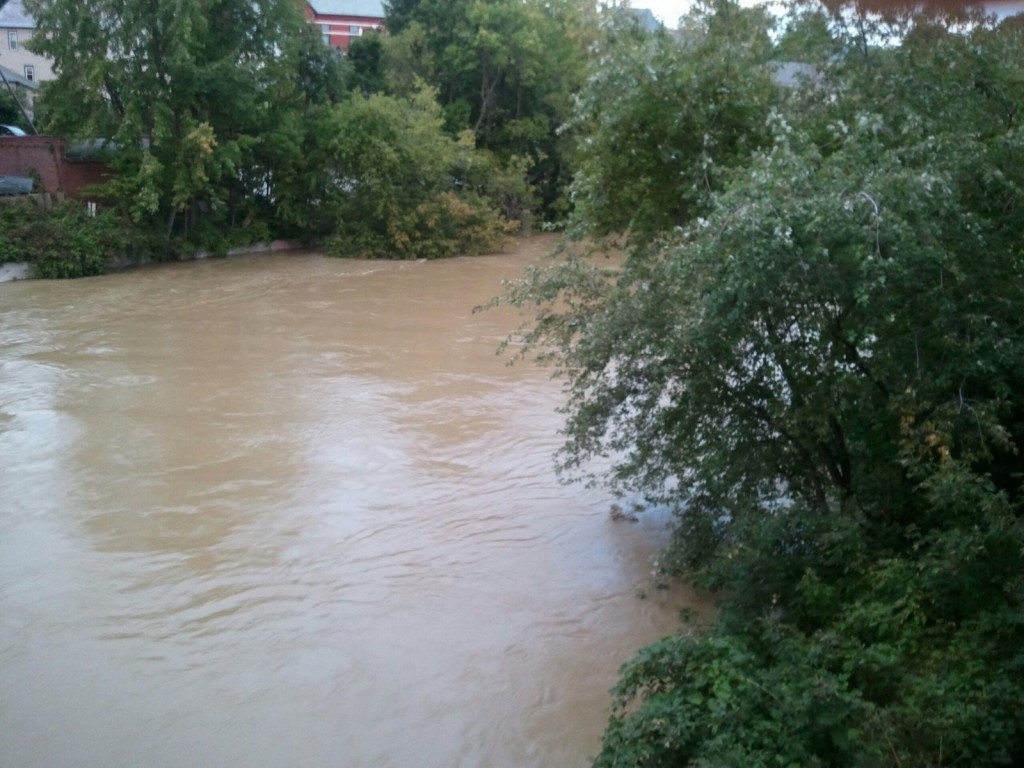
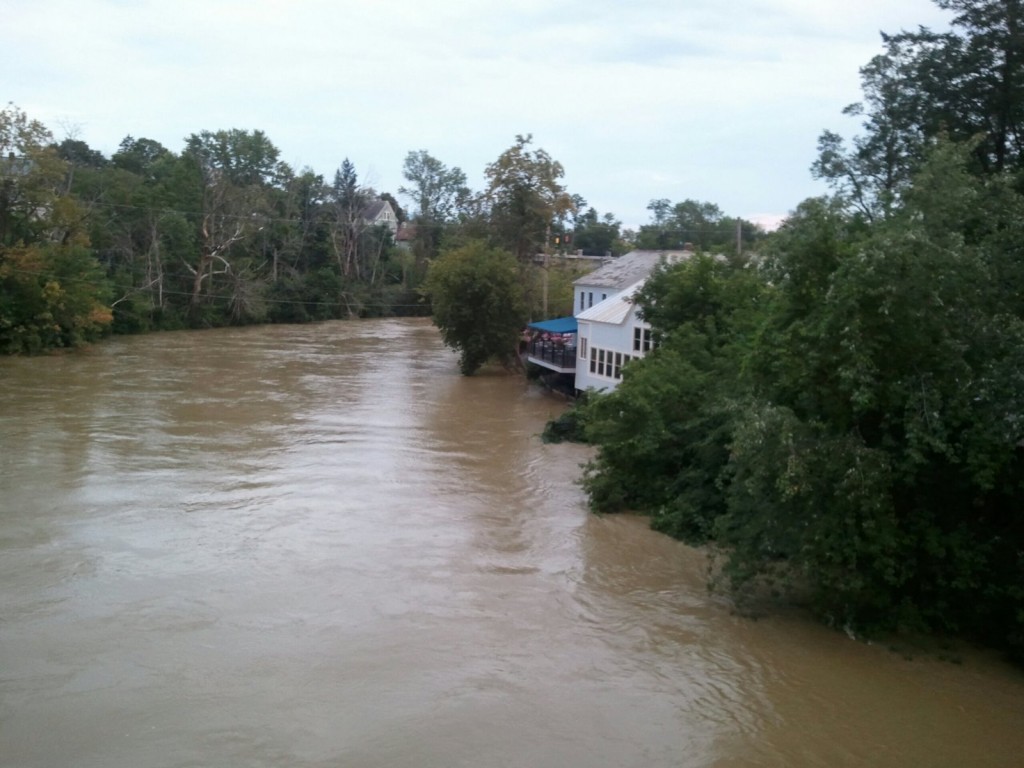
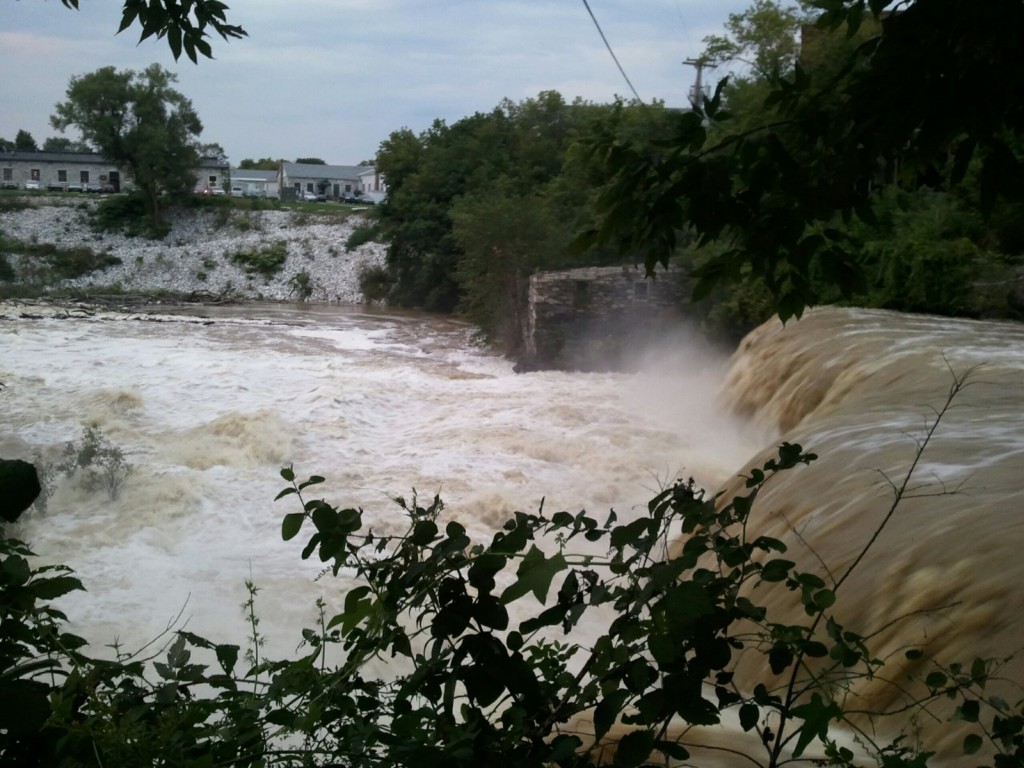
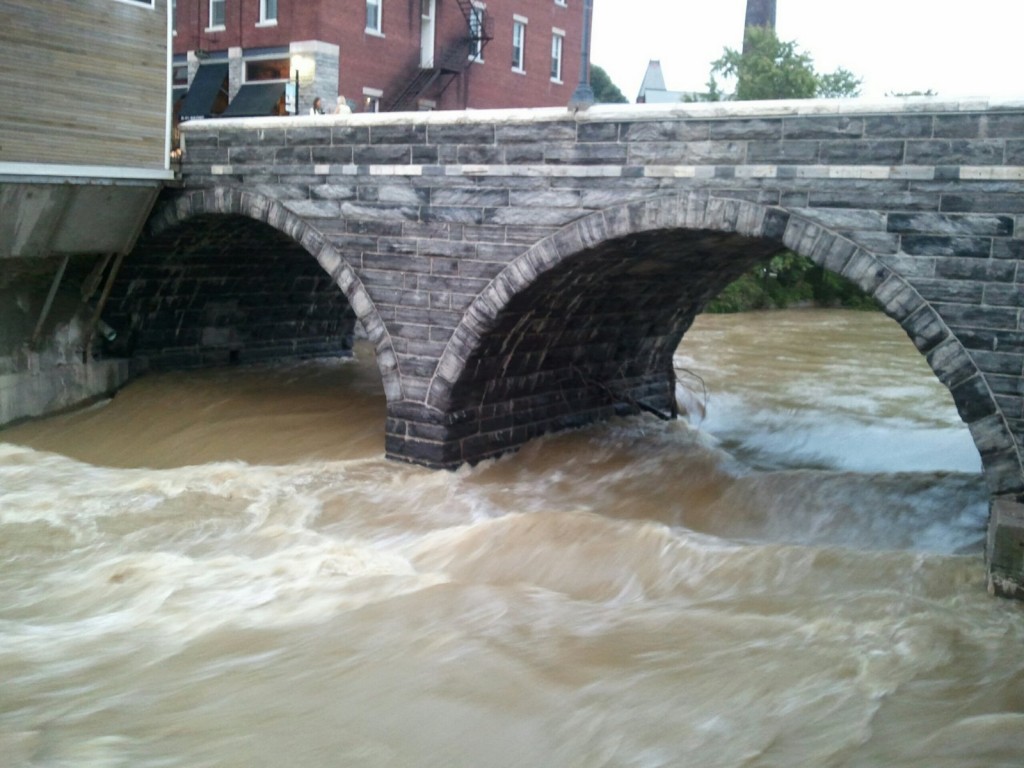
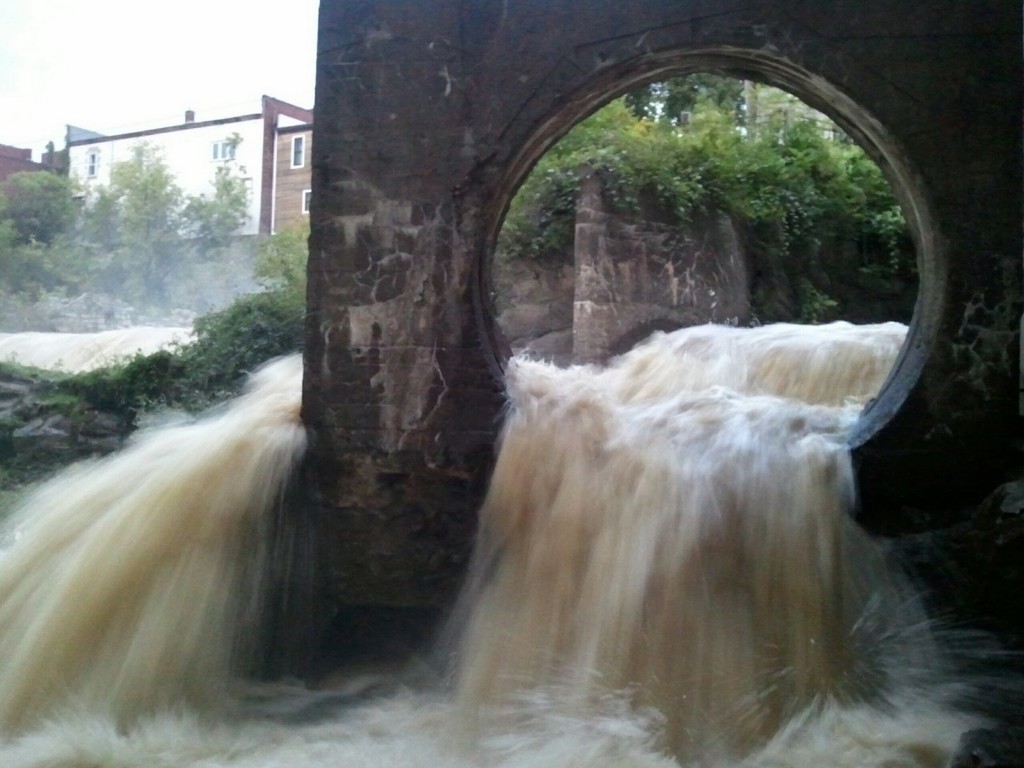
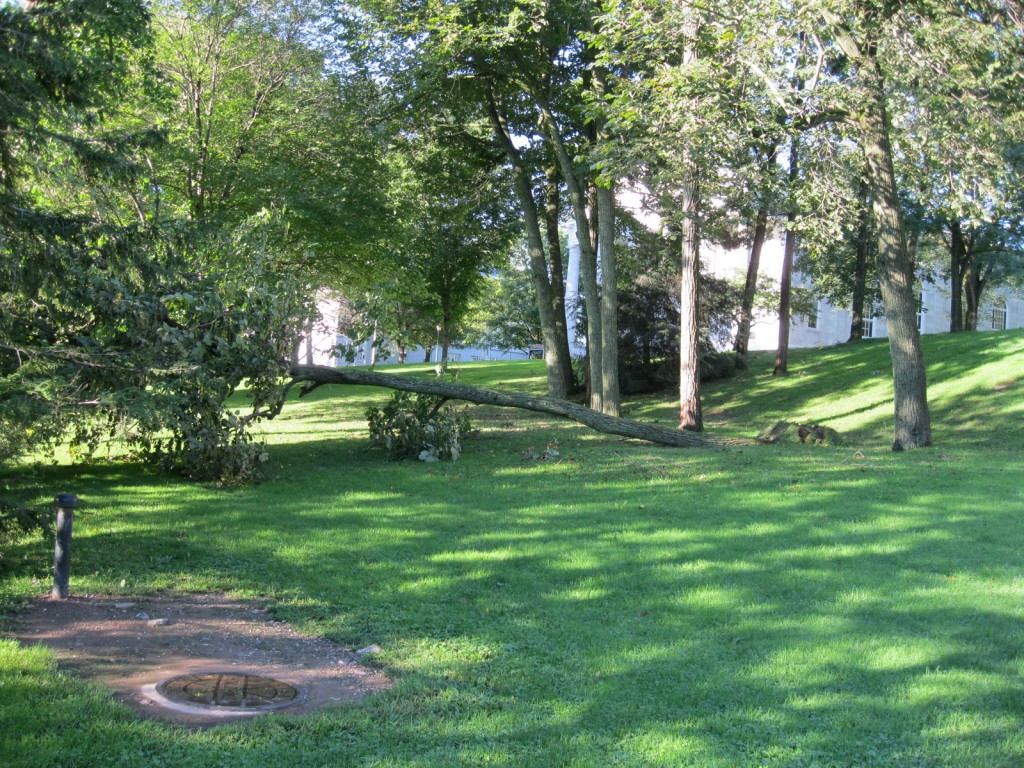
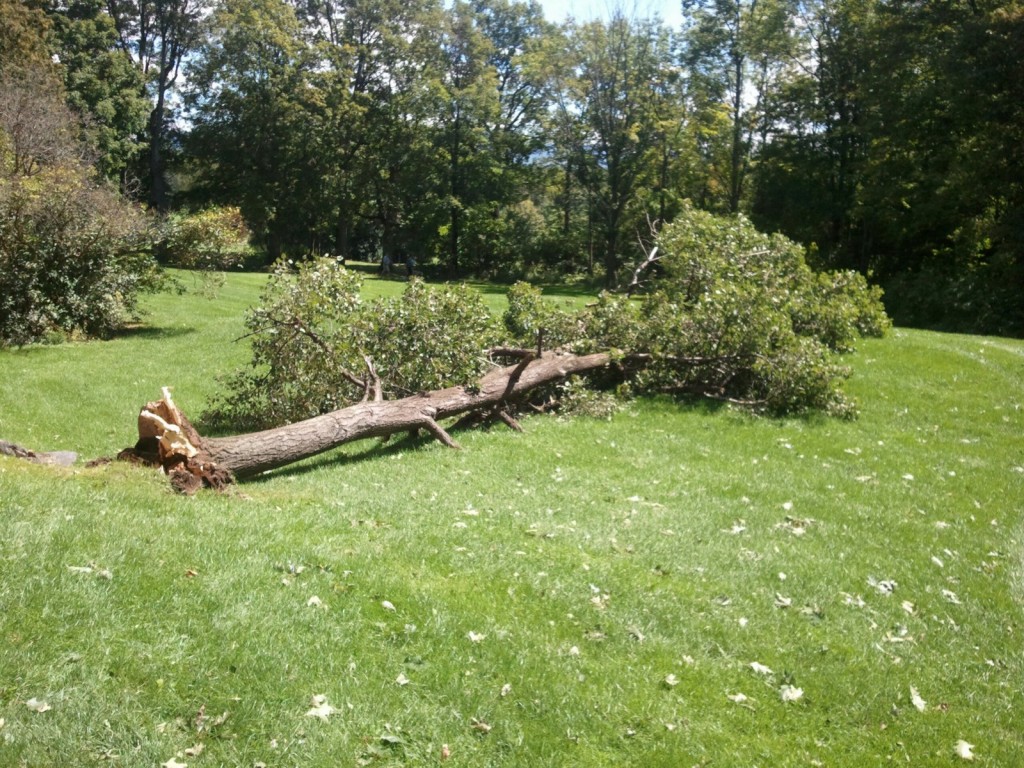
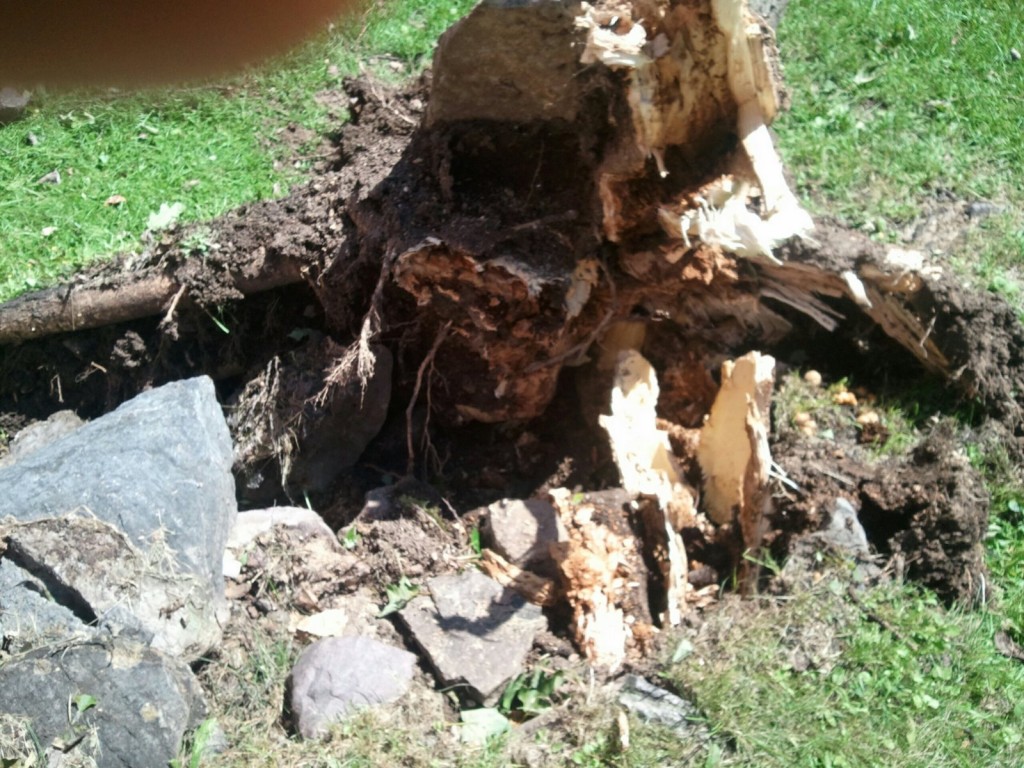
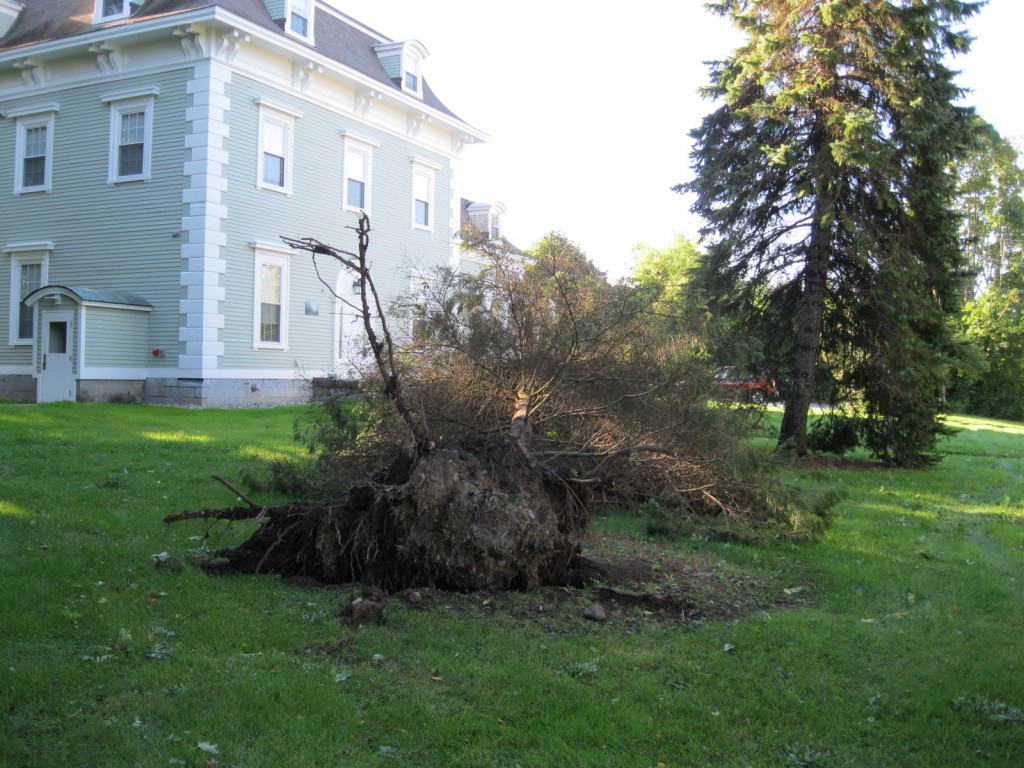
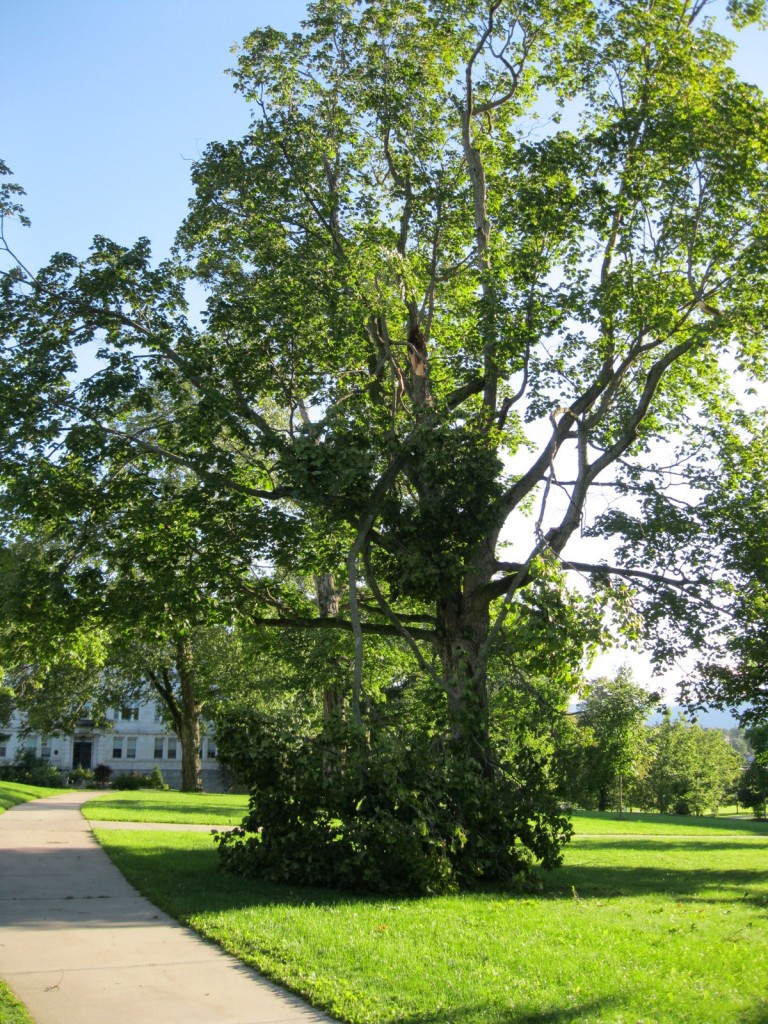
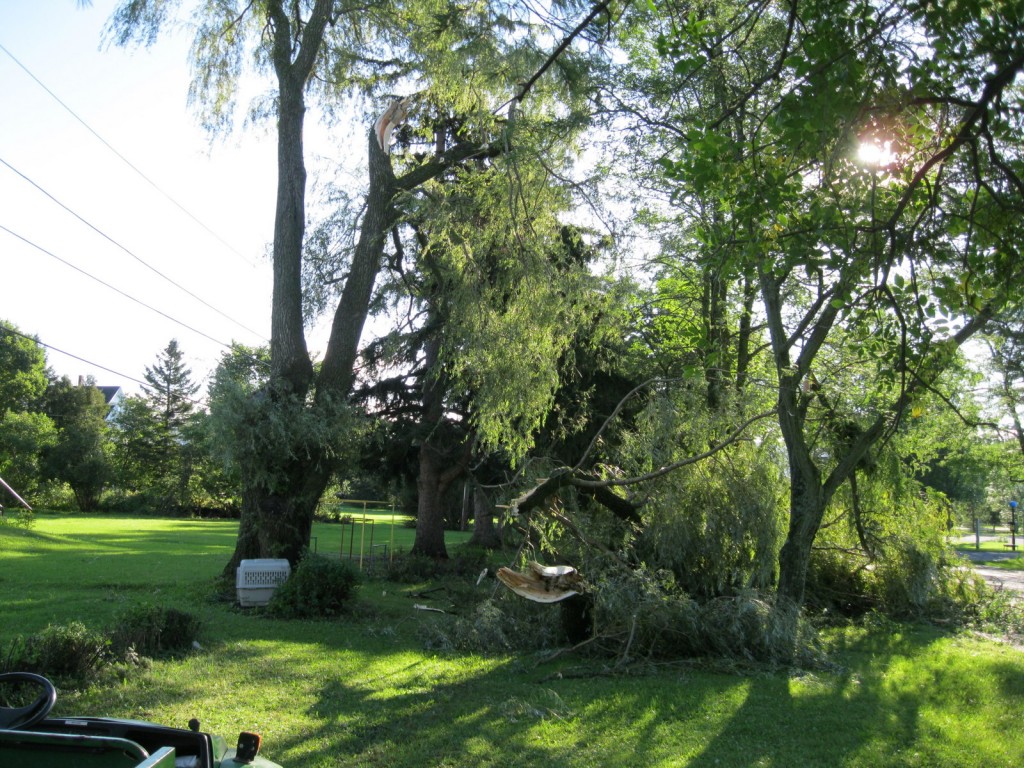
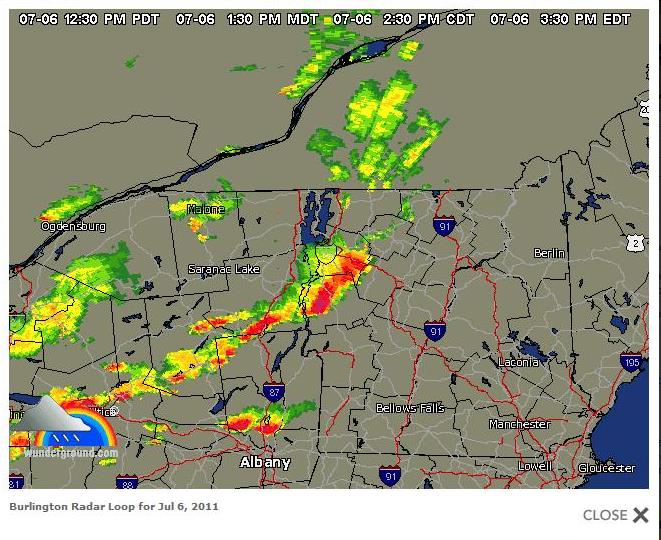
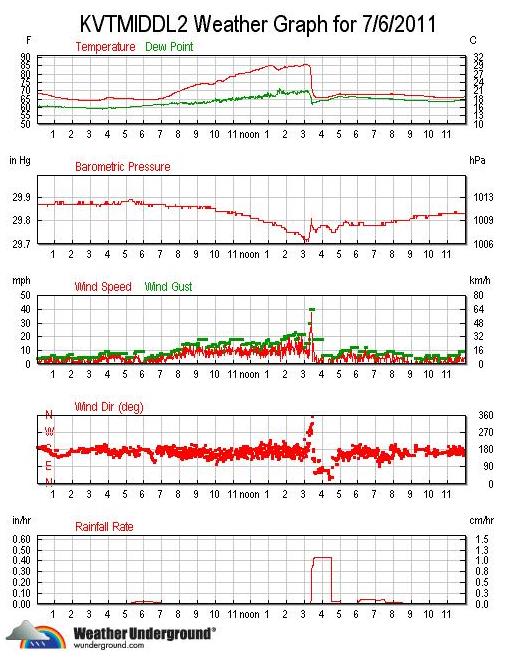
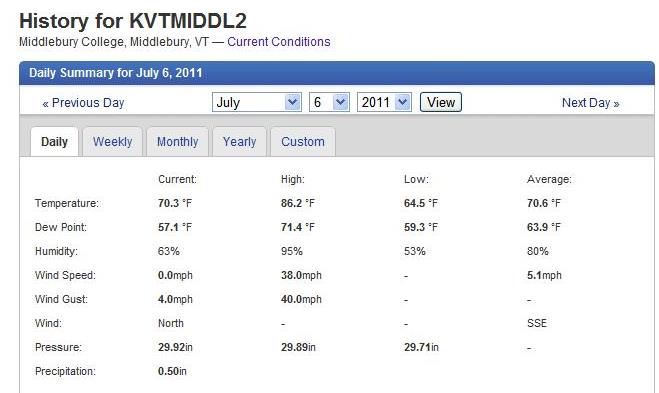
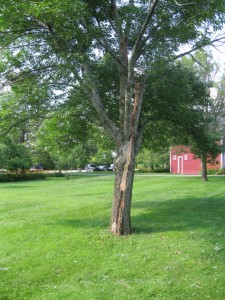
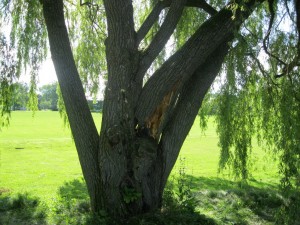
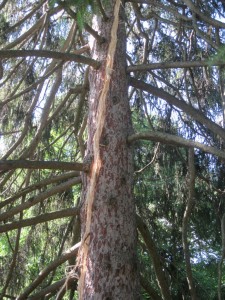
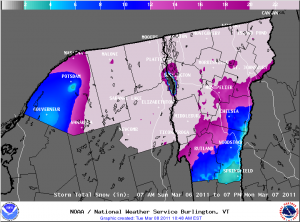
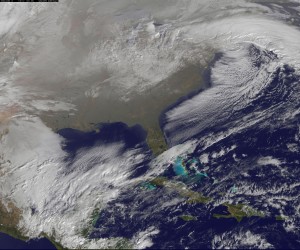
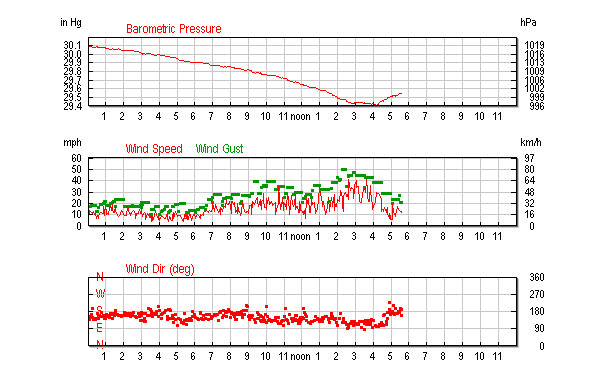
You must be logged in to post a comment.